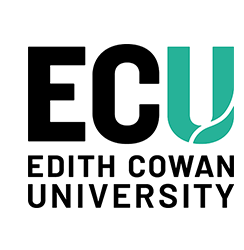Abstract
Objective: To determine how COVID-19-related stress influences food consumption and emotional overeating in adult women, and whether cognitive flexibility and physical activity mediate these relationships. Methods: In this cross-sectional study, 303 women (20–50 y) completed validated Persian versions of the COVID Stress Scale-18, Adult Eating Behaviour Questionnaire, Self-Regulation of Eating Behaviour Questionnaire, Cognitive Flexibility Scale, and Rapid Assessment of Physical Activity. Data were collected online via the ISO-27001-certified “Press Line” platform (end-to-end encryption). Chi-square tests and Spearman’s rank correlations were performed in SPSS 19 (α = 0.05). Results: COVID-19 stress was strongly inversely associated with cognitive flexibility (rₛ = – 0.91, p < 0.001) and moderately inversely associated with physical activity (rₛ = – 0.46, p = 0.005). No direct associations were found with emotional overeating or eating self-regulation (p > 0.10). Sixteen per cent of participants reported clinically elevated stress. Conclusions: Pandemic-related stress did not directly predict emotional overeating but substantially reduced cognitive flexibility and physical activity. Interventions that train cognitive flexibility alongside graded activity may buffer women against prolonged COVID-19 stress.
Document Type
Journal Article
Date of Publication
1-1-2025
Publication Title
Sport Sciences for Health
Publisher
Springer
School
School of Medical and Health Sciences
Creative Commons License

This work is licensed under a Creative Commons Attribution 4.0 License.


Comments
Naddafha, S., Sangari, M., Eskandari, Z., Shahnahadd, R., & Taber, C. B. (2025). The multifaceted interplay between COVID-19-induced psychological stress, cognitive flexibility, emotional overeating, and physical activity patterns in adult women: A mediated path analysis. Sport Sciences for Health. Advance online publication. https://doi.org/10.1007/s11332-025-01490-y